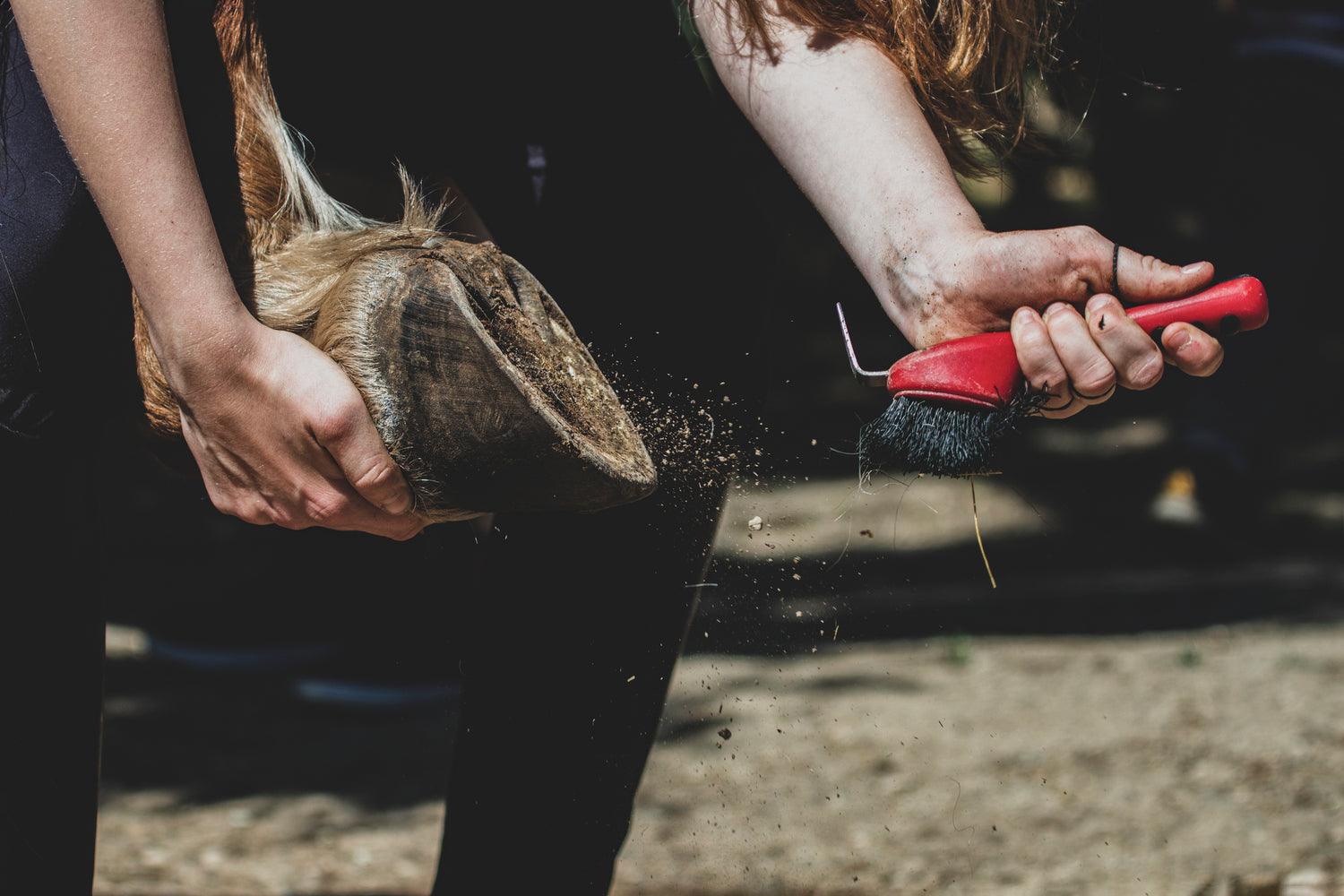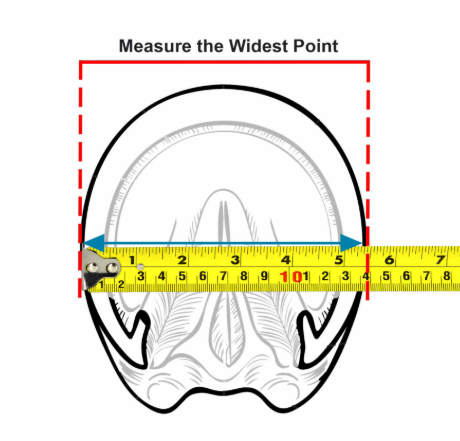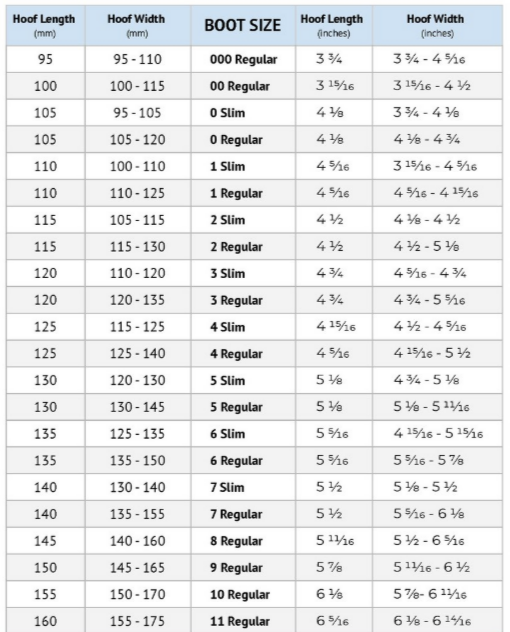How to Measure Hoof Boots
Hoof boots are an excellent option for providing your horse with protection, comfort, and support. Whether your horse is barefoot or needs extra cushioning, getting the right fit is crucial for their well-being. A poorly fitting boot can cause rubbing, discomfort, and even injury.
What are Hoof Boots?
Hoof boots, sometimes called scoot boots, are protective footwear for horses. They are used for various purposes, including:
- Barefoot Protection: Protecting the hooves of a barefoot horse on rocky or rough terrain.
- Therapeutic Uses: Helping horses with lameness, abscesses, or other hoof issues.
- Transitioning: Providing support when a horse is transitioning from being shod to barefoot.
- Extra Traction: Offering additional grip on slippery surfaces.
Why Correct Measurement is Key
A well-fitting hoof boot should be snug but not tight. It should stay securely in place without rubbing or twisting. The most common mistakes people make when buying hoof boots are:
- Guessing the Size: Using a shoe size from a different brand or just estimating.
- Not Measuring Both Hooves: A horse's hooves can be slightly different sizes, and you need to measure the widest and longest hoof to ensure a good fit.
- Measuring a Trimmed Hoof: Hooves grow, and it's best to measure your horse's hooves 1-2 weeks after a fresh trim to get a size that will work for the entire trim cycle.
How to Measure Your Horse for Hoof Boots:
A Step-by-Step Guide
What You'll Need:
- A ruler or a tape measure
- A flat, level surface (concrete or pavement is ideal)
- A pencil and paper or your phone to record the measurements

Step 1: Prepare the Hoof
- Pick up your horse's hoof and clean it thoroughly. Use a hoof pick to remove any mud, dirt, or stones from the sole and frog.
- Place the hoof on the ground and ensure your horse is standing with their weight evenly distributed.

Step 2: Measure the Length
- Place the ruler at the tip of the toe, right where the hoof wall meets the ground.
- Measure straight back to the heel buttress, the weight-bearing part of the heel. Do not include the heel bulb.
- Record the measurement in millimeters (mm) or inches (in).

Step 3: Measure the Width
- This is the widest part of the hoof, which is typically about halfway between the toe and the heel.
- Place the ruler across the hoof at its widest point.
- Measure from the outside of one hoof wall to the outside of the other.
- Record the measurement.
- Repeat the entire process on the other hoof.
- You will use the measurements from the longest and widest hoof to find the correct size.

Step 4: Compare to the Sizing Chart
- Each brand of hoof boots has a specific sizing chart.
- Find the chart for the brand you're interested in and compare your measurements to the chart.
- If your measurements fall between two sizes, it's generally best to go with the smaller size, as the boots will stretch slightly with use. However, always consult the manufacturer's specific recommendations.
**When it comes to sizing, it's crucial to remember that every brand's size chart is unique. The measurements and sizes listed are just a general reference and will not apply to every coat. Always check the specific size guide provided by the manufacturer of the coat you are interested in.**
Tips for a Perfect Fit
- Measure 1-2 Weeks Post-Trim: As mentioned before, this will give you the most accurate size for the entire trim cycle.
- Consider the Hoof Shape: Some hooves are more oval, while others are round. Some brands of boots are better suited for specific hoof shapes.
- Watch for Signs of a Poor Fit: If the boot is twisting, rubbing, or your horse seems reluctant to walk, it's a sign that the boot may not fit correctly.
By taking the time to measure your horse's hooves accurately, you can ensure they are comfortable, safe, and get the most out of their hoof boots. Happy trails!
Shop Hoof Boots
-
EasyCare Easyboot Cloud Hoof Boot
5.0 / 5.0
(6) 6 total reviews
Regular price Starting at: $107.95Sale price Starting at: $107.95 Regular priceWas: $119.95Save: 10% off -
Cavallo Trek Regular Sole Hoof Boot
4.3 / 5.0
(3) 3 total reviews
Regular price Starting at: $74.05Sale price Starting at: $74.05 Regular priceWas: $104.95Save: 29% off -
EasyCare Easyboot Cloud Insert Pair
3.0 / 5.0
(2) 2 total reviews
Regular price Starting at: $26.95Sale price Starting at: $26.95 Regular priceWas: $29.95Save: 10% off -
EasyCare Easyboot Glove Soft Hoof Boot
5.0 / 5.0
(1) 1 total reviews
Regular price Starting at: $72.31Sale price Starting at: $72.31 Regular priceWas: $108.95Save: 34% off -
Cavallo ELB Regular Sole Hoof Boot
Regular price Starting at: $56.75Sale price Starting at: $56.75 Regular priceWas: $74.95Save: 24% off -
EasyCare Easyboot Trail Original Boot
5.0 / 5.0
(1) 1 total reviews
Regular price Starting at: $61.16Sale price Starting at: $61.16 Regular priceWas: $78.95Save: 23% off -
Cavallo Comfort Sleeve
4.1 / 5.0
(10) 10 total reviews
Regular price Starting at: $19.95 -
Tough1 Hoof Guard Horse Boots Pair
5.0 / 5.0
(1) 1 total reviews
Regular price Starting at: $26.95Sale price Starting at: $26.95 Regular priceWas: $43.96Save: 39% off -
Cavallo Support Pads
4.5 / 5.0
(15) 15 total reviews
Regular price Starting at: $19.95 -
EasyCare Easyboot Epic Hoof Boot
Regular price Starting at: $111.95Sale price Starting at: $111.95 Regular priceWas: $124.95Save: 10% off
















